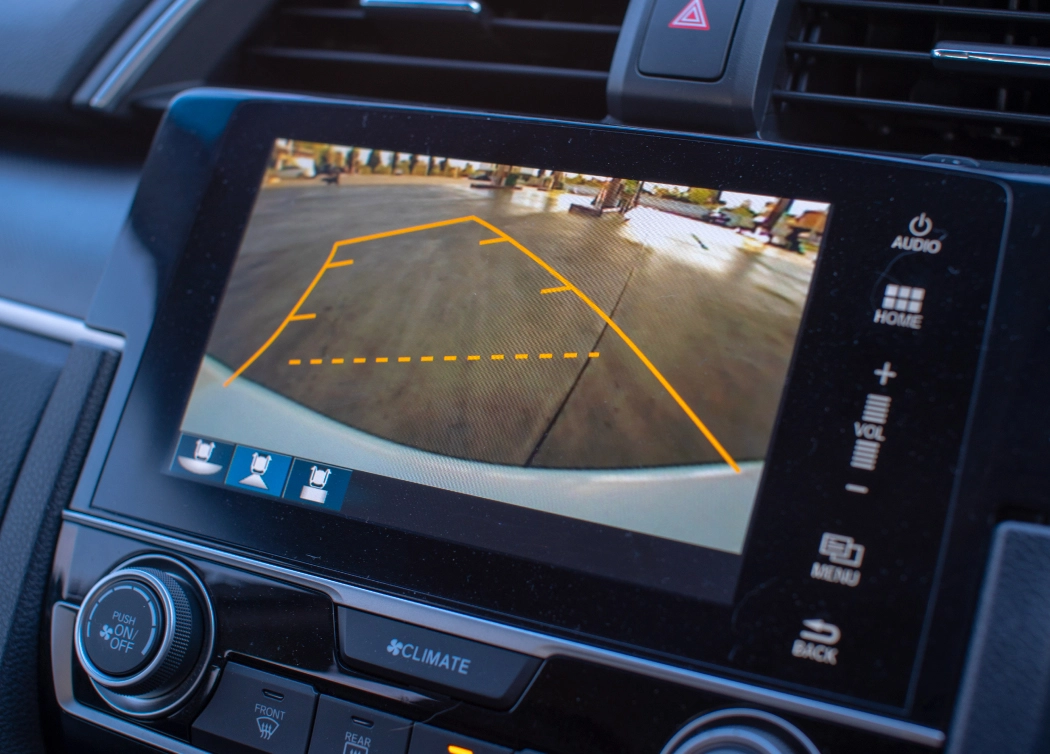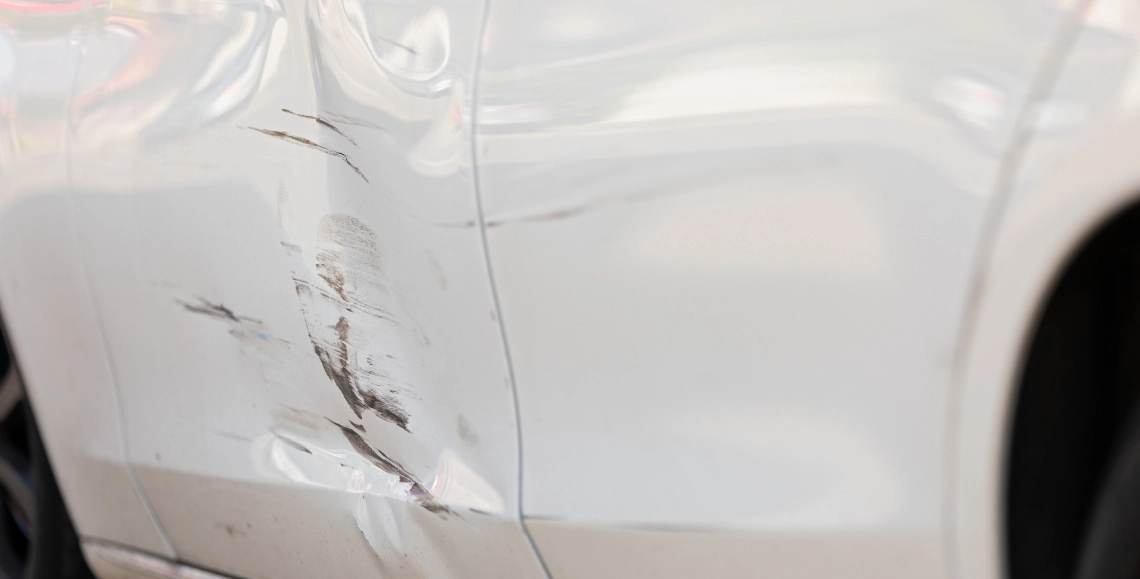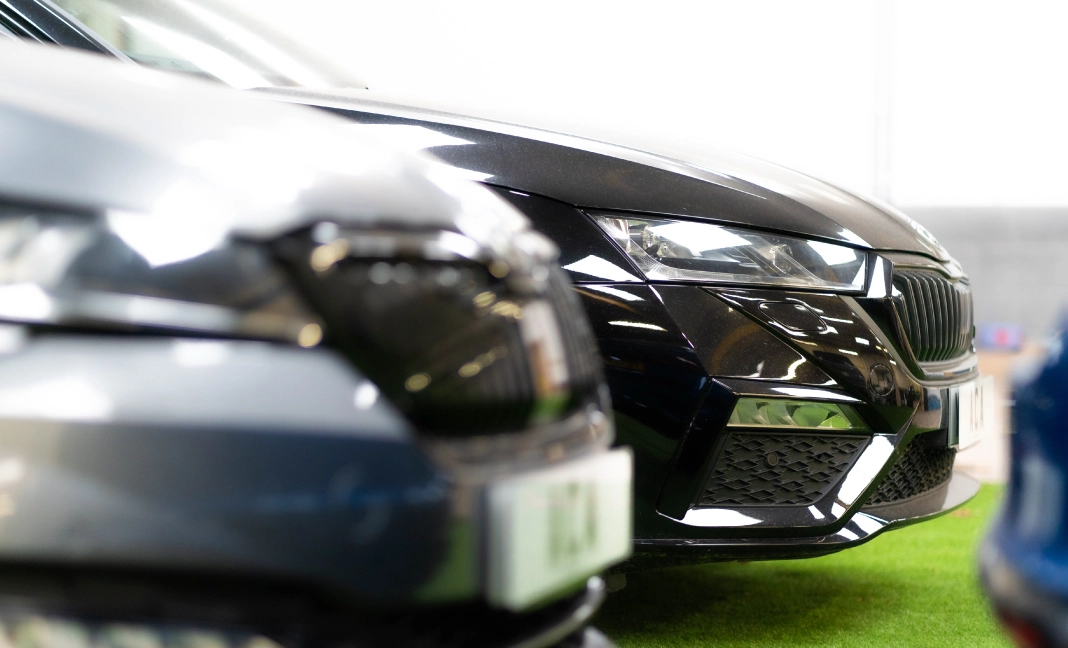Who is at fault in a car accident reversing?
Fault determination in a car accident reversing depends on the accident circumstances.
Call us 0330 128 1407 | Start your claim now >

However, in the UK, it’s generally the driver reversing who is at fault. This is because they are required to:
- Give way to all other vehicles
- Be aware of their surroundings
- Take extra care when reversing
- Only reverse as long as necessary
If multiple/all cars involved were reversing, this of course would be one of the exceptions to this rule of thumb.
Other considerations also need to be examined, including:
- Which car had the right of way?
- Did any third-party witnesses notice any other contributing factors?
- Were the other cars involved moving or stationary?
- Was either of the drivers manoeuvring recklessly?
What is a reversing car accident?
A reversing car accident is when two or more cars collide while at least one of the cars are reversing.
This type of accident can be very dangerous, as the cars are usually moving in opposite directions.
When it comes to the question of who is at fault in a car accident reversing, it is heavily dependent on the circumstances of the collision.
If you have had an accident that wasn’t your fault, Auto Claims Assist is the most beneficial first point of contact. Call us today on 0330 128 1407 or contact us here to learn how we can help you to avoid paying an insurance excess after a non-fault accident.
Some common causes for accidents reversing
Some of the most common reversing accident situations include:
- A car reversing into a lane of oncoming traffic
- A car reversing out of a driveway
- A car reversing out of a side street
- A car reversing while parallel parking
- One or more cars reversing out of car park spaces
The most common causes for car accidents reversing are drivers behaviour and weather conditions.
Drivers behaviour
Reversing accidents are most often caused by drivers’ behaviours, including Distracted driving and Reckless driving.
Distracted driving
Distracted driving is any activity that might diverts a motorist’s attention away from the primary functions of driving a vehicle.
That might be anything from:
- Reading a book
- Texting on a phone
- Making a phone call
- Eating or drinking
- Having conversation with a passenger
Being distracted decreases a driver’s reaction speed and capacity to focus on their surroundings.
Thousands of road traffic accidents happen every year as a result of drivers being distracted, many of which are avoidable.
It is a serious issue that has only worsened in recent years, with the number of high-tech distractions available to us.
The reasons that drivers might be distracted while driving are endless. Many individuals think that they can multitask and safely perform numerous activities at once.
However, this is not the case when it comes to driving. Even if a driver only glances away from the road for a few seconds.
Reckless driving
Reckless driving refers to a range of dangerous or negligent behaviours whilst driving. This includes:
- Not performing the required checks before moving
- Speeding
- Not following the Highway Code
- Impatiently trying to get past an obstruction
Reckless driving is considered a serious offence by the law.
The term “reckless driving” is broad but is considered a traffic infraction if the driver’s actions create “a substantial and unjustifiable risk of harm to persons or property.”
Reckless driving is usually motivated by wanting to:
- Save time
- Get a thrill from driving recklessly
- Show off to passengers or bystanders
If someone has reversed into you whilst driving recklessly, you can make a non-fault claim to cover any damages, injuries and losses.
Call our Non-fault New Accident Claims team now on 0330 128 1407 or click here to begin a non-fault accident claim with Auto Claims Assist.


Establishing fault in a car accident reversing
When it comes to reversing car accidents, establishing fault can sometimes be a complex determination to make.
It’s important to note down as much information as you can about the accident while at the scene.
As a rule of thumb, the driver who was reversing their car is commonly at fault. However, this is certainly not the case with every reversing accident situation.
Understanding how to prove the accident wasn’t your fault through collecting evidence at the scene is very important.
When you’re trying to establish fault in a car accident reversing, you should consider:
1. Which car had the right of way?
Generally, the driver who is reversing must give way to all other drivers and pedestrians. However, the exceptions to this are:
- The other driver didn’t follow road traffic rules.
- Both drivers were reversing.
2. Was the car moving or stationary?
When a car is stationary, the driver of the moving/reversing car is most commonly at fault. This is because they are responsible for ensuring that they are checking that the car is safe to reverse, performing all visibility checks and that no other cars or pedestrians are in danger.
If a driver reverses their car into another vehicle or person, they would be considered negligent, and would likely be held liable.
3. Where is the damage on both cars?
The location of the damage is crucial, since it may help to evidence how and where the collision occurred.
Visual evidence of an impact can help to prove that a situation happened the way that a driver is claiming that it did.
4. What does the Witness State?
It’s not unusual for a driver, who previously admitted liability to an accident, to then deny fault and alter their story afterwards.
A witness statement can help your car accident claim by providing a witness report as evidence of what happened.
If there are any discrepancies between both driver’s recollection, a third-party witness statement can help to support a more accurate version of events.
Speak to a Non-Fault Claim Specialist
We manage everything on your behalf, ensuring that the claims process is as smooth and stress-free as possible.
Back to the top >

Collecting evidence for a car accident reversing
Collecting the right evidence following any road traffic is the key to getting the best possible outcome.
In some cases, it may be clear who is responsible; for example, if one driver rear-ends another. However, in other situations, such as when two cars collide while reversing, proving who is at fault might not be as clear.
In order to make a fair assessment, both drivers must provide evidence for their version of events.
There are a few key pieces of evidence that can be helpful in determining who is at fault in a car accident while reversing.
- Noting down details: This includes drivers details, passenger details, registration number and other key details about the accident.
- Photo’s and video’s: Taking as many pictures as possible can help to align the incident scene with a version events. Videos equally help to depict this.
- Dash-cam footage: In many cases, dash-cam footage will show the events leading up to the collision.
- Witness Statements: If there are any witnesses to the accident, their statements can give valuable insight into what happened and who is at fault.
- Police reports: In some cases, the police may attend to a road traffic accident and file a report detailing their findings. This report can be helpful in a non-fault claim.


Tips on how to avoid a car accident reversing
The majority of reversing accidents are caused by human error. Here are a few simple things you can do to avoid having a car accident while reversing:
Eliminate distractions: When reversing a car, it is important to stay focused on the task at hand. Eliminate any distractions that could take your attention away from what you are doing.
Remember Right-of-way: When reversing a car, it is important to know the right of way rules. In most circumstances, the driver who is reversing must give way to all traffic and pedestrians. However, there are exceptions.
Do your checks
When reversing your car, always be aware of your surroundings. Make sure to check for pedestrians, cyclists, and other vehicles before reversing.
Rule 202 of the highway code states that before reversing you should:
- Check all your mirrors
- Check your ‘blind spots’
- Check for pedestrians or obstructions
Always double-check your surroundings using:
- Your reverse camera (if you have one)
- Side mirrors
- Rearview mirrors
- and check your blind spots, by looking over your shoulder to ensure there is nothing in the way
Reverse into car spaces and driveways where possible
Reversing into a car space or driveway is often seen as the best way to park.
Reversing is a more dangerous manoeuvre than driving forwards, so where possible reversing into a car space or driveway can reduce the risk of an accident.
By doing so, you don’t have to reverse out when you’re ready to leave.
Related Articles
Auto Claims Assist
First contact after a car accident
Start my claim online Call us on 0330 128 1407Choosing Auto Claims Assist,
Your Trusted Claims Management Company
“Exceptional service throughout my claim. The communication from my case handler was superb. I would highly recommend Auto Claims Assist.”


15+
Years of expertise
1,000+
36,000+
Successful cases
Our team are ready to discuss the details of your accident and start your non-fault claim.
To getting started with Auto Claims Assist, simply call to us on 0330 128 1407 or start your claim online here.
Working in line with The CHO and The GTA.
To promote trust, transparency and uphold industry standards, we follow the standards set by both the Credit Hire Organisation (CHO) and the General Terms of Agreement (GTA) for credit hire services.
Independent, Trusted and Award-winning
We are:
Independent to insurers
On your side
Dedicated to delivering an award-winning, exceptional customer experience.
You can feel confident knowing that your claim is being handled professionally by experts.
Nationwide Accident Management
We’re a UK leading Accident Management Company founded in 2009, helping thousands of people, throughout the country, every year after non-fault accidents. Our team of accident experts have over 15+ years of experience in the complexities of Accident Management and Credit Hire.
What our customers say
Don’t just take our word for it. Our customers rate us ‘EXCELLENT’ on Trustpilot. See what they have to say about their experiences with Auto Claims Assist after a non-fault accident:


Request a call back
Our team of non-fault claim specialists are ready to answer any questions you have. Provide your details here to request a callback. One of our advisors will call you back as soon as possible. Alternatively, call us on 0330 128 1407 to speak to someone now.
One of our team will give you a call